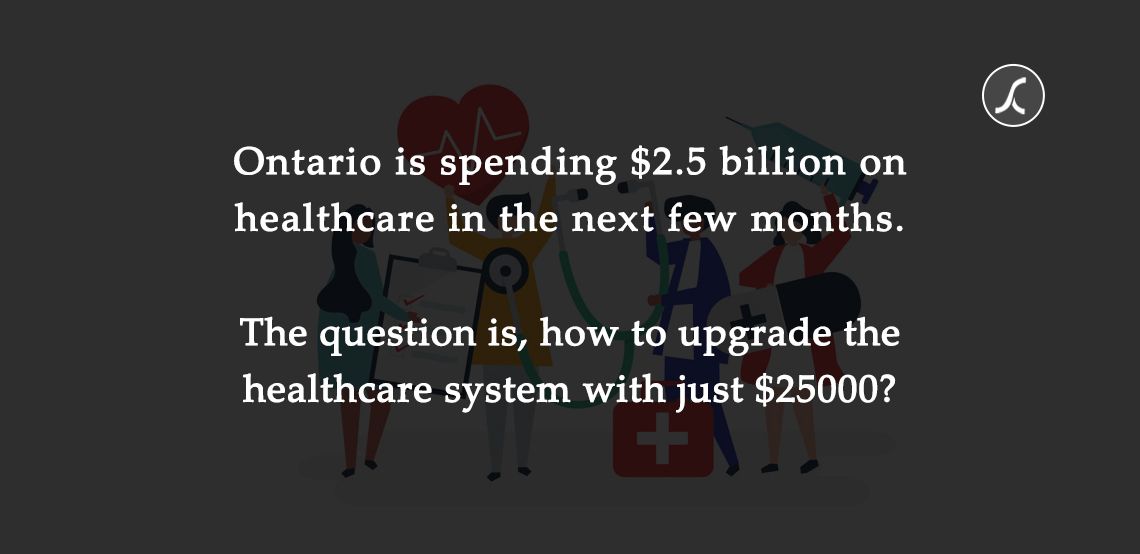Check Out Highlights of Ontario Budget 2020 and How You Could Utilize for Healthcare Opportunities in Canada

5 years ago
Protect, Support, Recover - the three words we’re most likely to hear from every doctor. But this is the highlight of the 2020 Ontario Budget and that’s why it is special this time!
The summary of Ontario Budget 2020 in one image

Key highlights of the 2020 Ontario Budget
This will reveal which industry the government is more focused on and which industries are anticipated to get a boost due to the budget!- Money for at-home school cost - Parents providing at-home education to kids will now get $200 per child under 12. This program is worth $380 million.
- Tax credit for seniors - Seniors will now get reimbursement of 25% on their eligible renovations costing up to $10,000.
- Tourism tax credit - The government is planning to create a tax credit for up to 20% of spending for visiting Ontario.
- Rural broadband - With the government allocating around $680 million to expand broadband access in Ontario, remote and rural areas will now be able to enjoy high-speed internet.
The healthcare industry is still the priority for the government - the budget proves!
Allocating the highest $2.5 billion for hospitals and the dedicated tweet from premier Doug Ford depicts that healthcare is the focused sector for the government.Ontario’s 2020 Budget was developed to support frontline health workers, protect our most vulnerable, and build the foundation for Ontario’s strong long-term economic recovery. #OntariosActionPlan #2020OntarioBudget #ONpoli pic.twitter.com/YnsafCHEWP
— Doug Ford (@fordnation) November 6, 2020
Top healthcare opportunities to seize with newly announced budget
Since the pandemic hit Canada, we have been learning a new lesson every day. If we summarize all lessons, lack of technology adoption is the only reason our healthcare system is now cancelling surgeries to not exceed the healthcare system capacity by 100%. Thus, our focus with the newly announced $2.5 billion for the healthcare sector should lie around technology adoption.Telemedicine or Virtual Care
Automation
Remote Patient Monitoring
ePHI Security or Compliance
They already released #OntarioActionPlan. It is time to prepare, release and execute #YourSuccessPlan.
We’re Ontario-based ‘healthcare technology scientists’. We don’t save lives. We save the efforts and time of our doctors - so that they can save more lives. We spend 8 hours every day with the only aim that a doctor can use the complex healthcare technology within 8 seconds. And we’re happy to announce that we made healthcare technologies like IoT, AI, machine learning, RPA as easy as running a music player. More than 500 Ontario-based healthcare startups and enterprises have witnessed it in action and around 130 have implemented it so far this year. They have been tagging it with ‘life-saving’ and ‘cost-saving’!
